Why do we need climate-smart agriculture?
The UN Food and Agriculture Organisation (FAO) estimates that feeding the world population will require a 60 percent increase in total agricultural production. With many of the resources needed for sustainable food security already stretched, the food security challenges are huge. At the same time climate change is already negatively impacting agricultural production globally and locally. Climate risks to cropping, livestock and fisheries are expected to increase in coming decades, particularly in low-income countries where adaptive capacity is weaker. Impacts on agriculture threaten both food security and agriculture’s pivotal role in rural livelihoods and broad-based development. Also the agricultural sector, if emissions from land use change are also included, generates about one-quarter of global greenhouse gas emissions.
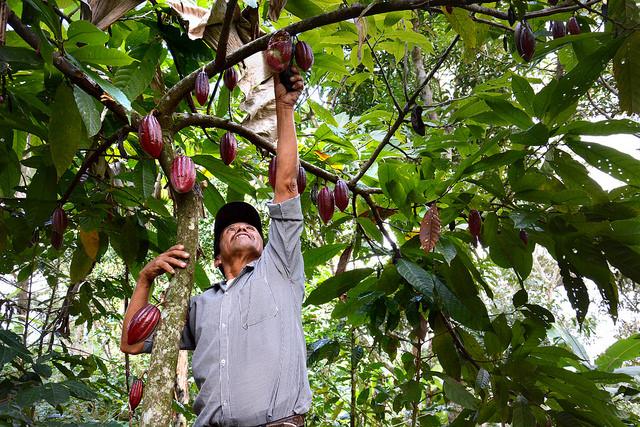 Farmers in Nicaragua are adopting crops that are more adapted to climate changes. Photo: J. L. Urrea (CCAFS)
Farmers in Nicaragua are adopting crops that are more adapted to climate changes. Photo: J. L. Urrea (CCAFS)
What defines climate-smart agriculture?
Climate-smart agriculture (CSA) is an integrative approach to address these interlinked challenges of food security and climate change, that explicitly aims for three objectives:
- sustainably increasing agricultural productivity, to support equitable increases in farm incomes, food security and development;
- adapting and building resilience of agricultural and food security systems to climate change at multiple levels; and
- reducing greenhouse gas emissions from agriculture (including crops, livestock and fisheries).
CSA invites to consider these three objectives together at different scales - from farm to landscape – at different levels - from local to global - and over short and long time horizons, taking into account national and local specificities and priorities.
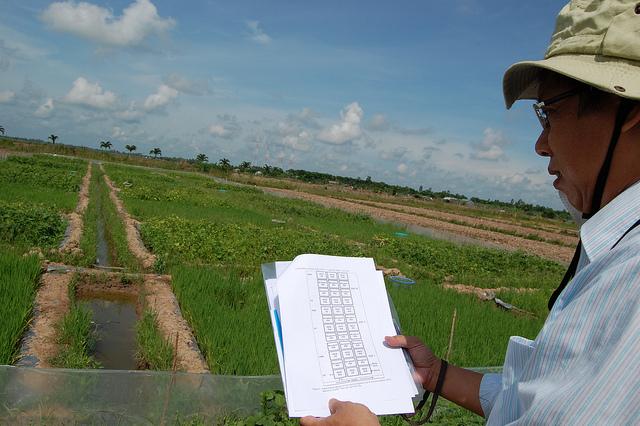
Measuring greenhouse gas emissions from different rice systems in Vietnam. Photo: V. Meadu (CCAFS).
What is different about climate-smart agriculture?
What is new about CSA is an explicit consideration of climatic risks that are happening more rapidly and with greater intensity than in the past. New climate risks, require changes in agricultural technologies and approaches to improve the lives of those still locked in food insecurity and poverty and to prevent the loss of gains already achieved. CSA approaches entail greater investment in
- managing climate risks,
- understanding and planning for adaptive transitions that may be needed, for example into new farming systems or livelihoods,
- exploiting opportunities for reducing or removing greenhouse gas emissions where feasible.
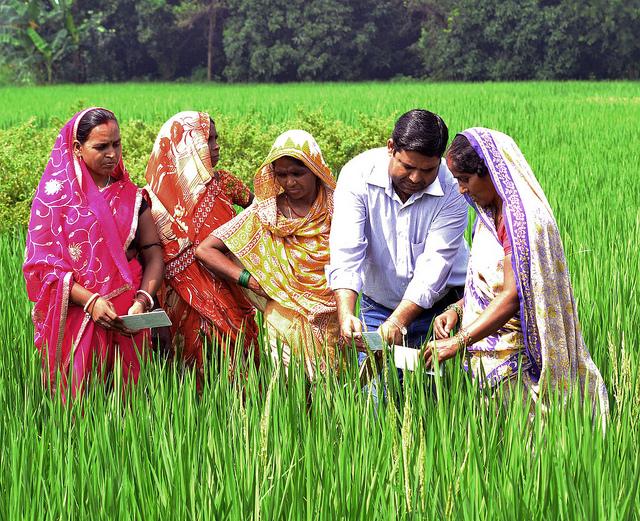
Farmers in a climate-smart village in Bihar use the leaf colour chart to judge the nitrogen content required for crops. Photo: V. Reddy (ViDocs).
What is the history of climate-smart agriculture?
FAO coined the term CSA in the background document prepared for the 2010 Hague Conference on Food Security, Agriculture and Climate Change. The CSA concept was developed with a strong focus on food security, for now and the future, including adaptation to climate change. The CSA concept now has wide ownership among, governments, regional and international agencies, civil society and private sector. Emerging global and regional (Africa) Alliances on Climate-Smart Agriculture (ACSA) provide a platform for shared learning and collaboration among all interested parties.
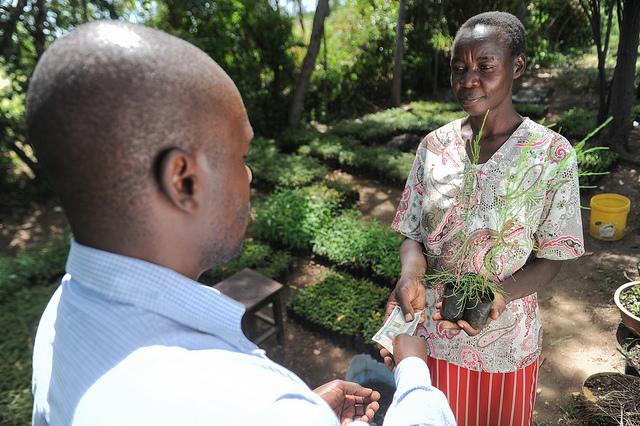
Agroforestry in Lower Nyando, Kenya. Photo: K. Trautmann (CCAFS).
What are the main elements of climate-smart agriculture?
CSA is not a set of practices that can be universally applied, but rather an approach that involves different elements embedded in local contexts. CSA relates to actions both on-farm and beyond the farm, and incorporates technologies, policies, institutions and investment. Different elements which can be integrated in climate-smart agricultural approaches include:
- Management of farms, crops, livestock, aquaculture and capture fisheries to manage resources better, produce more with less while increasing resilience
- Ecosystem and landscape management to conserve ecosystem services that are key to increase at the same time resource efficiency and resilience
- Services for farmers and land managers to enable them to implement the necessary changes
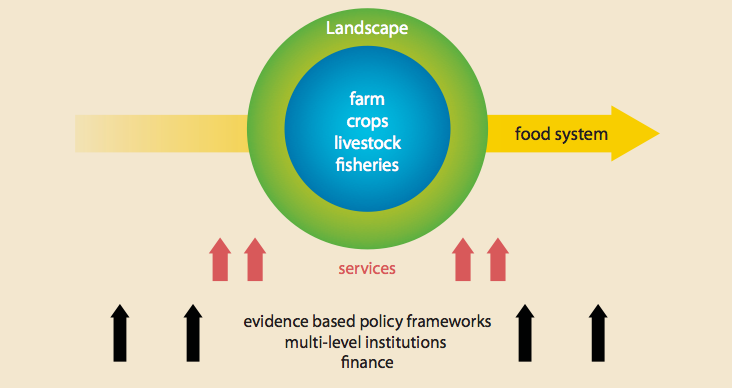
What actions are needed to implement climate-smart agriculture?
- Expanding the evidence base and assessment tools to identify agricultural growth strategies for food security that integrate necessary adaptation and potential mitigation
- Building policy frameworks and consensus to support implementation at scale
- Strengthening national and local institutions to enable farmer management of climate risks and adoption of context-suitable agricultural practices, technologies and systems
- Enhancing financing options to support implementation, linking climate and agricultural finance
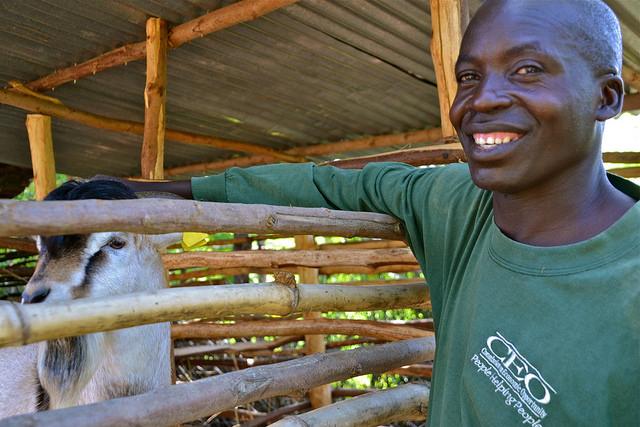
A kenyan climate-Smart farmer keeps milk-producing goats and goats that produce more meat. Photo: C. Schubert (CCAFS).
Major initiatives for advancing climate-smart agriculture
In September 2014, the UN Secretary General will announce major initiatives and new commitments under the Global Alliance for Climate-Smart Agriculture and the African Alliance for Climate-Smart Agriculture.
Learn more about these commitments
- Join the webcast for the Inaugural Meeting of the Global Alliance on CSA (24 September 2014)
- Learn more about the Alliance
- Press release: CGIAR Commits to Help 500 Million Farmers around the World Prevent Climate Change from Causing a Global Food Crisis
- Framework document: Global Alliance on Climate-Smart Agriculture
Download this page as a PDF:
CCAFS and UNFAO. 2014. Questions & Answers: Knowledge on Climate-Smart Agriculture. United Nations Food and Agriculture Organisation (UNFAO), Rome.